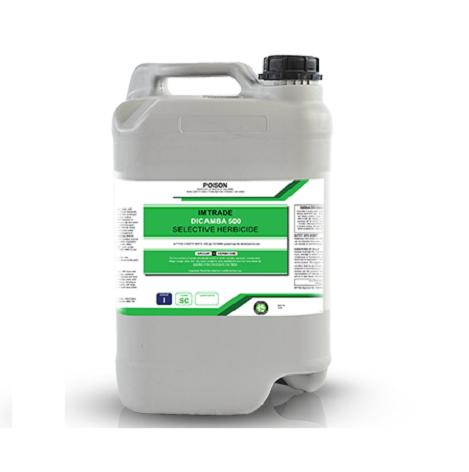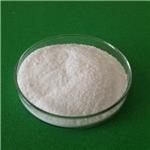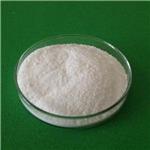Toxicity and Resistance of Dicamba
Jan 18,2022
Dicamba has been classified by the US Environmental Protection Agency (EPA) as toxicity class III – slightly toxic. Products containing dicamba must bear the signal word WARNING due to its irritating and corrosive effect on skin and eyes.

Uses
Dicamba is mainly used as an herbicide to control weeds, dock, bracken, and brush. Dicamba is frequently applied with other herbicides, including atrazine, glyphosate, imazethapyr, ioxynil, and mecoprop.
Environmental Fate
The half-life of dicamba is 1–4 weeks in soil. Dicamba is moderately persistent in soil and is mainly metabolized by soil microorganism. Dicamba is highly mobile in soil since it does not bind to soil particles. It is highly soluble in water, and therefore it may contaminate groundwater. Microbial degradation is the primary pathway of loss of dicamba in water. Dicamba is rapidly absorbed by plant leaves and roots, and subsequently transported to other parts of the plant.
Toxicity
There is little evidence of dicamba toxicity in mammals. In plants, its primary action is to act as a growth regulator.
Resistance
Some farmers and researchers have expressed concern about herbicide resistance after the introduction of resistant crops.In the laboratory, researchers have demonstrated weed resistance to dicamba within three generations of exposure.Similar herbicide resistant weeds arose after the introduction of glyphosate-resistant crops (marketed as 'Roundup Ready').Some weed species, like Amaranthus palmeri, have developed resistance to dicamba. Dicamba resistance in Bassia scoparia was discovered in 1994 and has not been explained by common modes of resistance such as absorption, translocation, or metabolism.
- Related articles
- Related Qustion
Dibromochloropropane (DBCP) was extensively used as a pesticide on a wide variety of crops from the year it was originally synthesized, 1955, until 1977. From that year until 1979, the Environmental Protection Agency (EPA) decided to suspen....
Jan 18,2022Chemical pesticides ?1,2-Dichloroethane is a clear, manufactured liquid that is not found naturally in the environment. It evaporates quickly at room temperature and has a pleasant smell and a sweet taste. 1,2-Dichloroethane burns with a smoky flame. The most i....
Jan 18,2022Organic Chemistry








